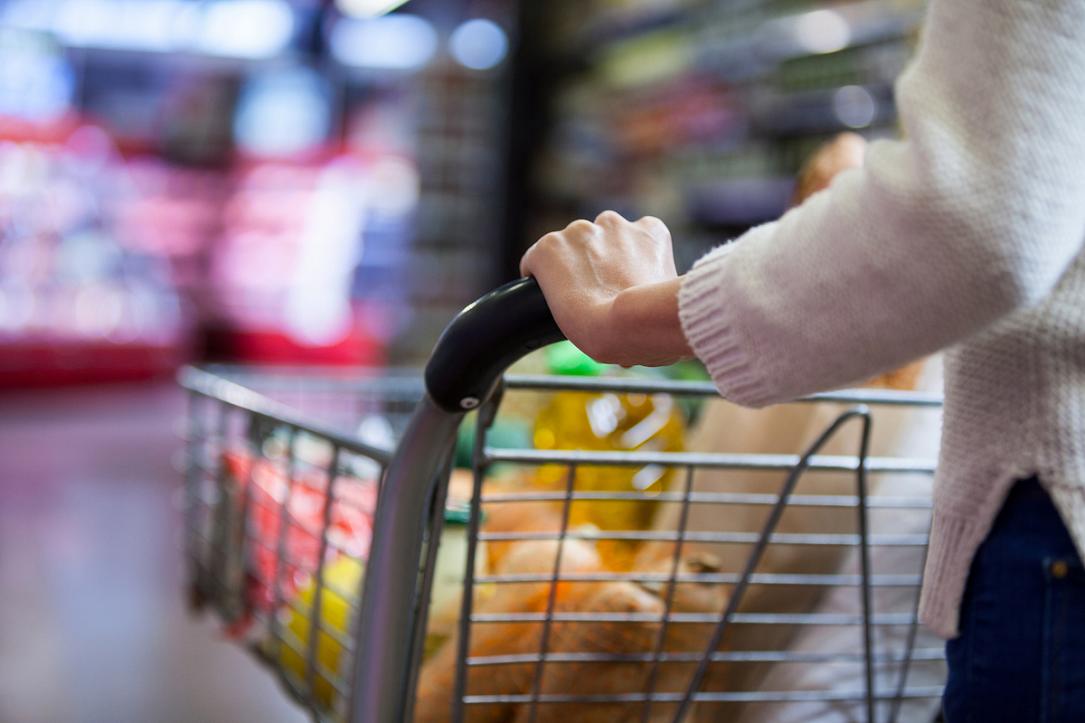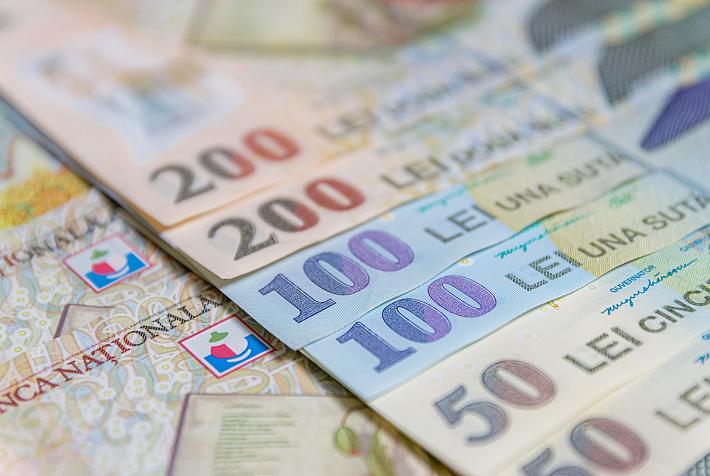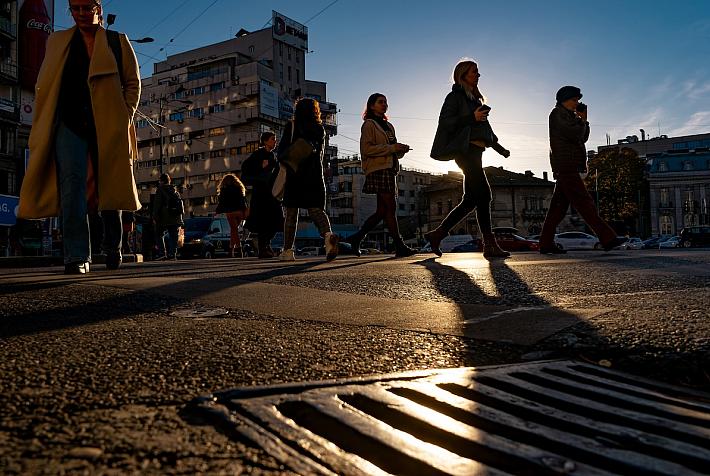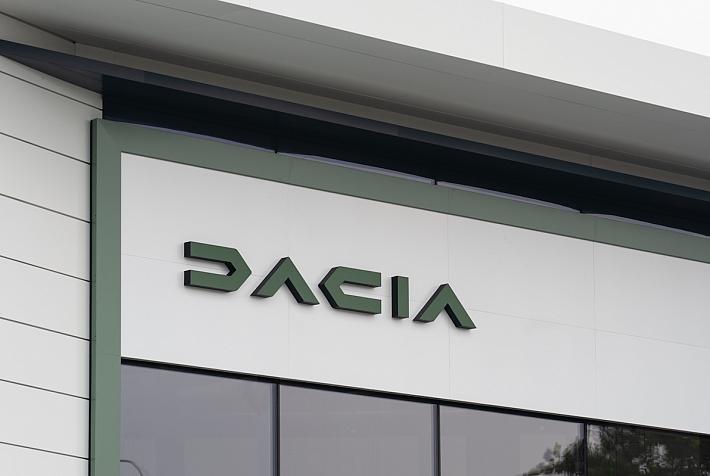FDI: Foreign investors in Romania avoided building FMCG plants

The ratio of the foreign investments in retail versus the foreign investments in FMCG production (such as food, beverages or cosmetics) is some 15 to 1, according to Ziarul Financiar calculations based on data provided by the National Bank of Romania (BNR).
This largely explains the country's rampant trade gap, which was reported recently to have soared by 54% YoY to EUR 8.24 bln (some 3.2% of the full year's projected GDP) in Q2.
For the past 12 months ending June 2022, Romania's trade deficit hit EUR 28.4 bln - more than 10% of the country's annual GDP.
Thus, for every RON 15 invested in Romania by Kaufland, Lidl or Carrefour, the dairy, juice or sweets producers, such as Coca-Cola, PepsiCo, Unilever, Lactalis or Danone, invested only RON 1 in local factories.
Many multinationals such as Mars, Nestle, Colgate-Palmolive and L'Oreal do not have any factories in Romania, although they do have in many of the neighbouring countries.
In a decade, Romania received EUR 10 bln of new investments in the retail and wholesale sectors but only EUR 600 mln in the sector of production of food and beverages.
Consequently, Romanian consumers buy "made in Poland" or "made in Hungary" goods rather than locally made ones.
"It's easier just to sell on a market, not to bother to invest and have production. In the last 20-30 years, we have seen multinationals that have bought and then closed factories. It is clear that for these foreign groups the Romanian industry is not of interest; they only wanted to create a market here," says Cristian Pârvan, president of PIAROM.
(Photo: Wavebreakmedia ltd/ Dreamstime)
andrei@romania-insider.com













